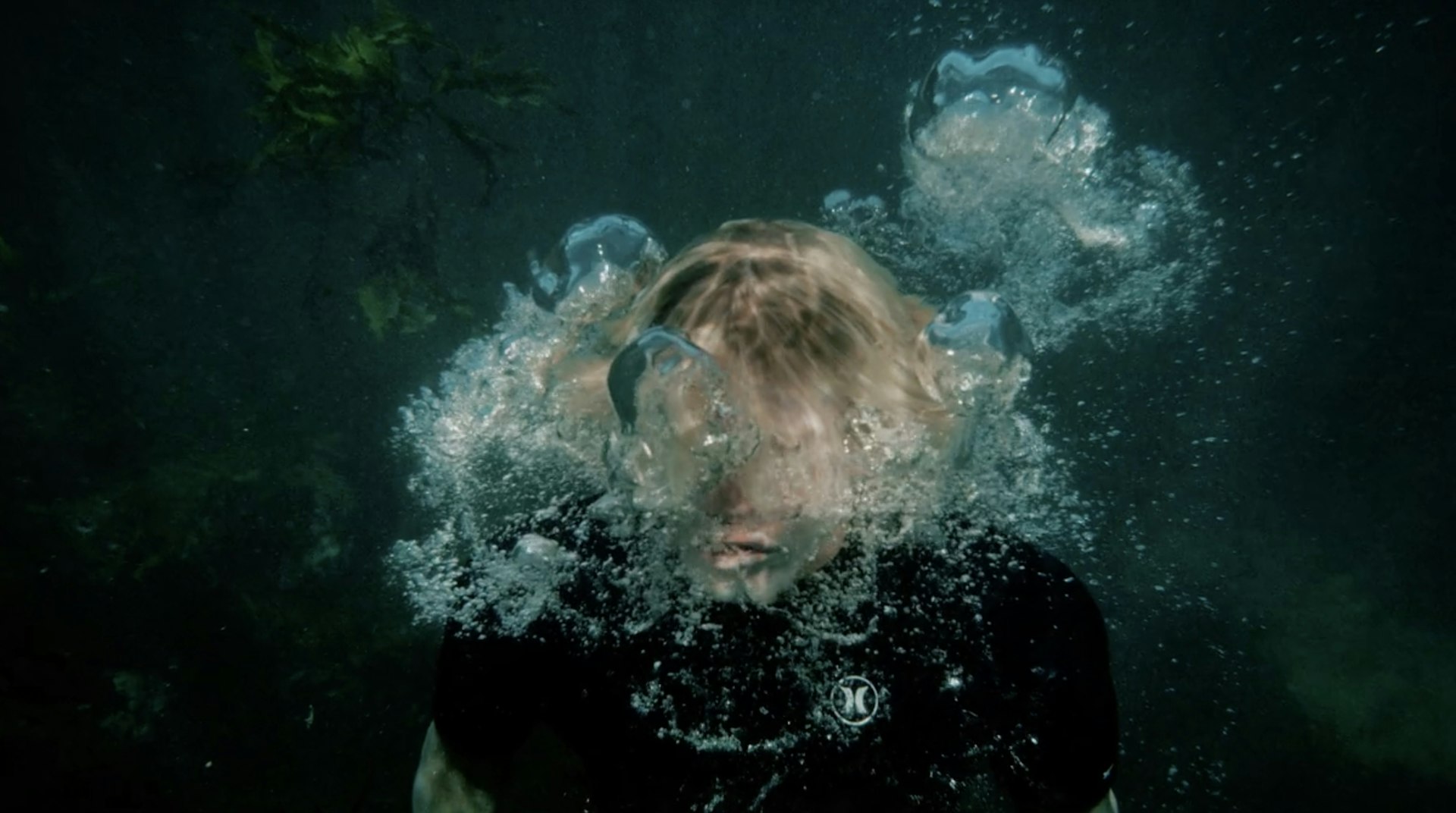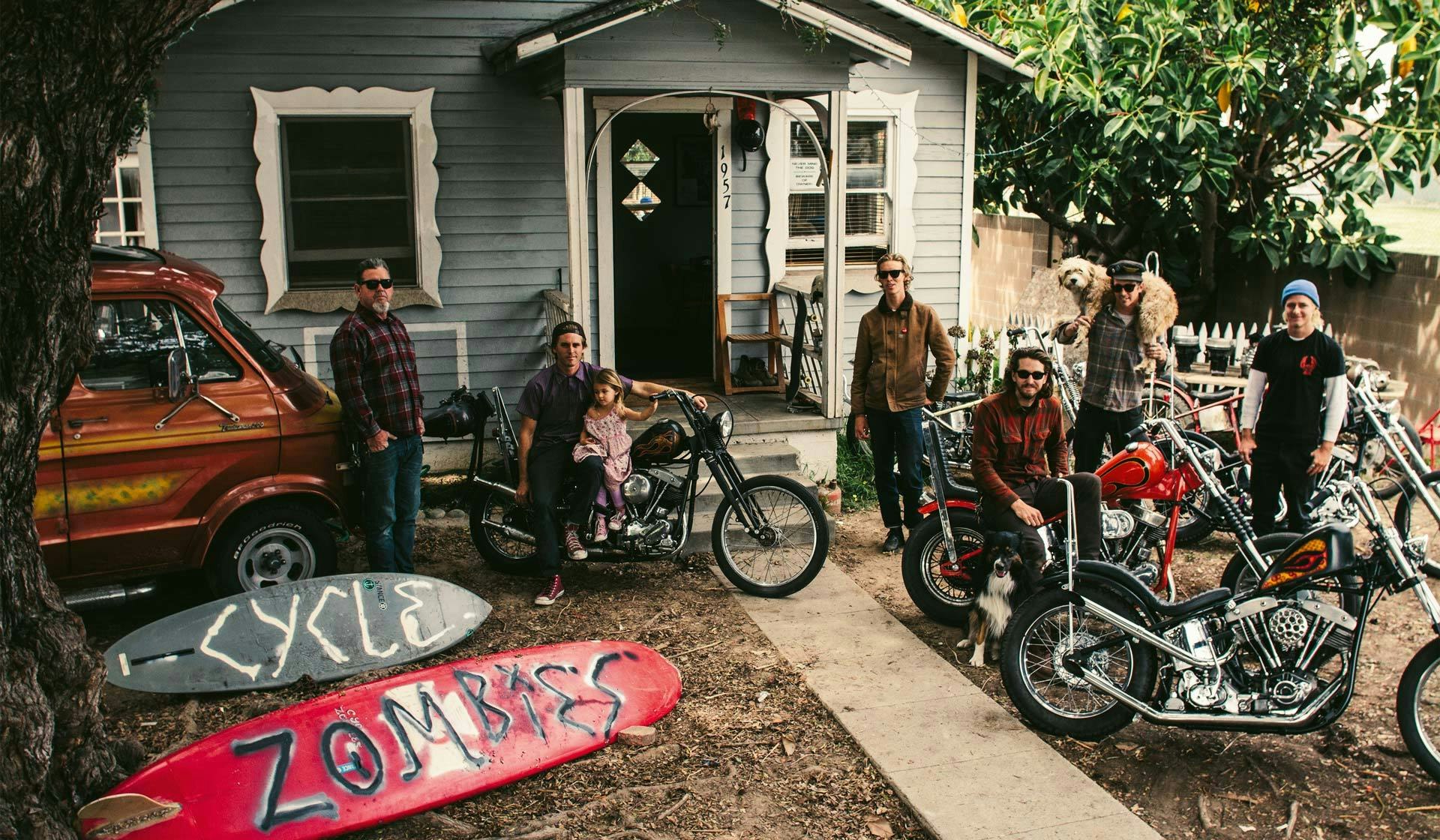
Where are surfing’s most creative subcultures today?
Any surfer who’s felt a perfect drop-in has shared the same captivating experience as the ancient Hawaiians: that magic coming together of wood, water and wave. Centuries after its invention, the fundamental attraction that brings generation after generation back to surfing remains unchanged. But while so much around it has transformed beyond recognition, where is surfing culture at today?
Away from the bright lights and television cameras of the mainstream pro-circuit, Surf Odyssey surveys the creativity, community and independence that exists where surfing’s carefree soul truly lies. It’s an ambitious project that showcases the most innovative, adventurous, environmentally-conscious and sometimes downright insane subcultures and micro-niches within surfing.
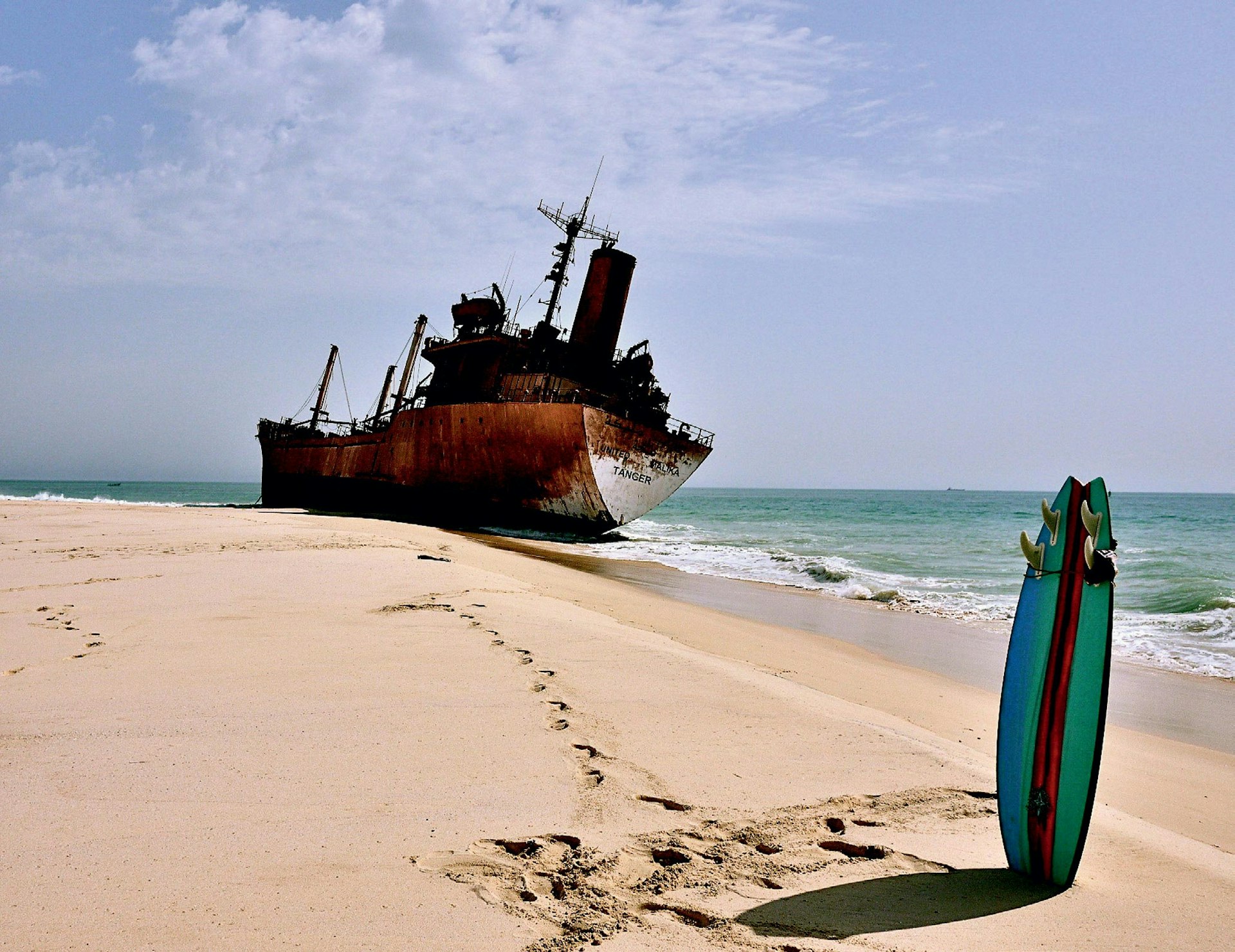
Photography by Gary Conley
From the crazy-brave cold-water surfers of the Arctic Circle; the Cycle Zombies, who are equally at home discussing bottom turns and broken carburettors; the Cornish surfers who created a storm protesting pollution of their home break; to the young Bangladeshi girls for whom surfing offers a chance to paddle out of patriarchy; these are the people and movements, the artists and the activists, that are really building surf culture today.
We spoke to editor Andrew Groves for his take on micro-subcultures, surf activism and the obscure and offbeat corners of surf culture.
What most excites you about surf culture today?
What’s exciting to me is that surf culture today is so multi-faceted and diverse; to surf and to be involved with surfing means something different to all of us. Our hyper connectivity means that the more obscure sub and micro cultures within surfing have platforms and communities with which to share ideas and promote themselves without having to rely on traditional surf media.
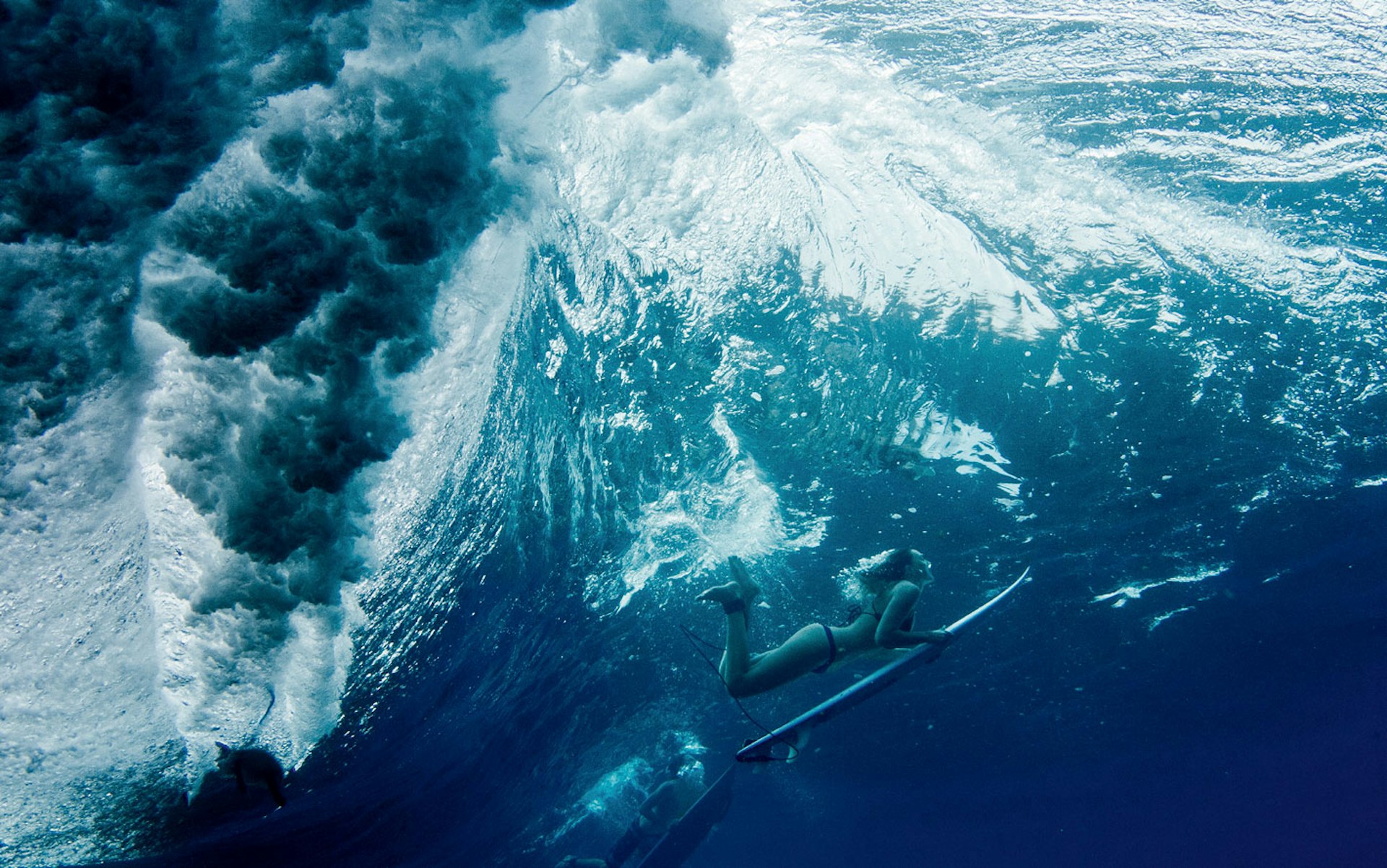
Photography by Sarah Lee
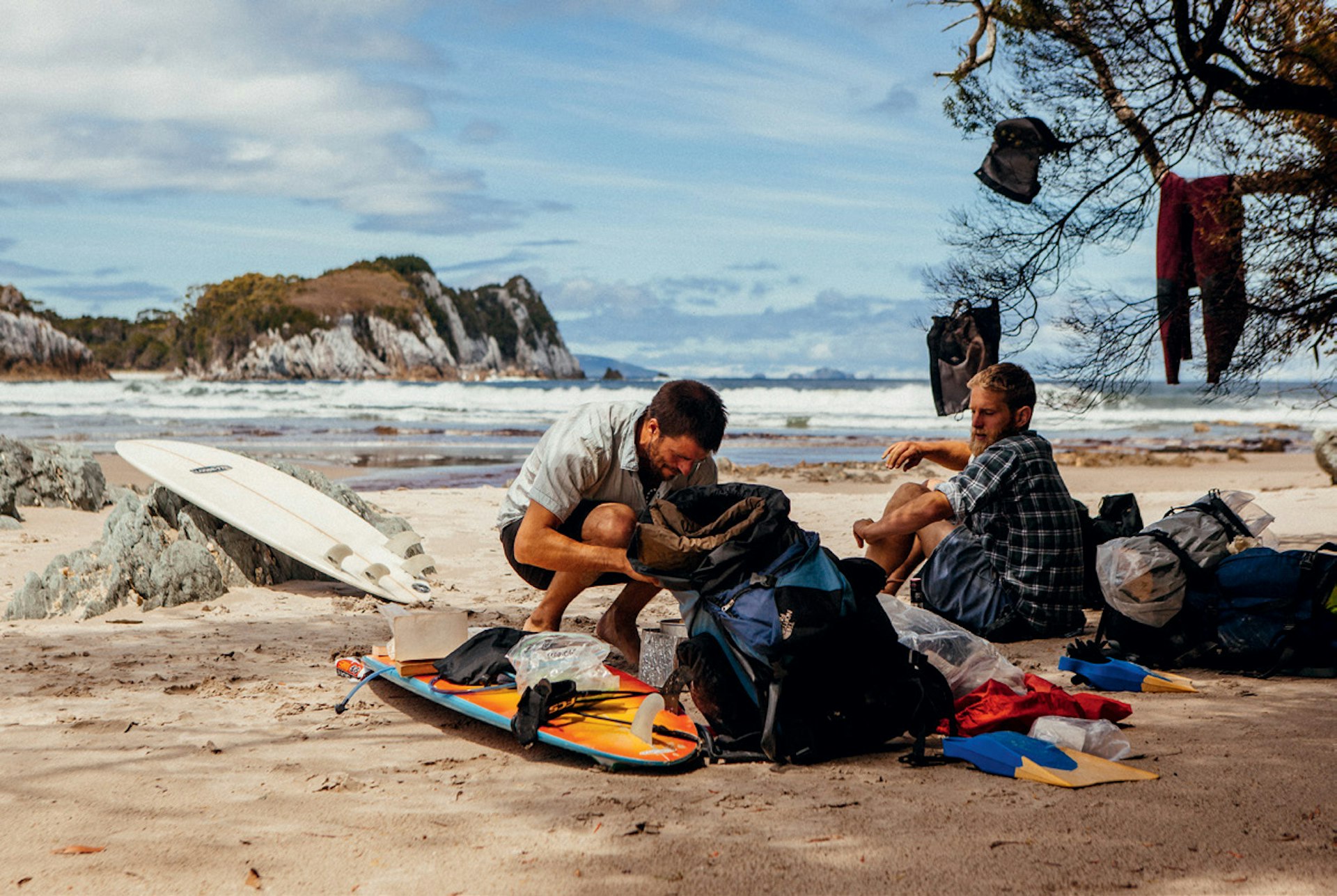
Photography by James Bowden
What’s Surf Odyssey all about? How is it different to all the other surf coffee table books out there?
I think I set out to represent and promote some of the more interesting, intelligent and creative projects within surfing that counter the standard surf clichés. As a creative individual I’ve always struggled with the typical surfer image, particularly visually, which certainly doesn’t reflect my attitude or approach to wave riding and I don’t think I’m alone in that; this was a good opportunity for me to share many of the people and projects I’ve come across in my quest for an alternative outlook on surfing with a wider audience.
Also, I was keen to show the outdoor/adventure lifestyle synonymous with surfing, which again is something that tends to get overlooked; a lot of people tend to associate surfing with simply sitting on the beach waiting for waves but for many surfers there’s a lot more to it than that. With this book I wanted to focus more on the visual and creative aspects of surf culture and that’s how I hope it differs from previous surf related publications.
Could you talk about one of the micro-subcultures within surfing that really excites you?
Although somewhat under represented in the book for one reason or another, I think the bodysurfing micro-subculture is really cool. Surfing for me has always been about fun, experiencing pure joy and bodysurfing exemplifies that approach. The bodysurfing community is vibrant and passionate as well as being a little more obscure and offbeat: it really just celebrates the beauty of riding ocean waves in the most simple way.
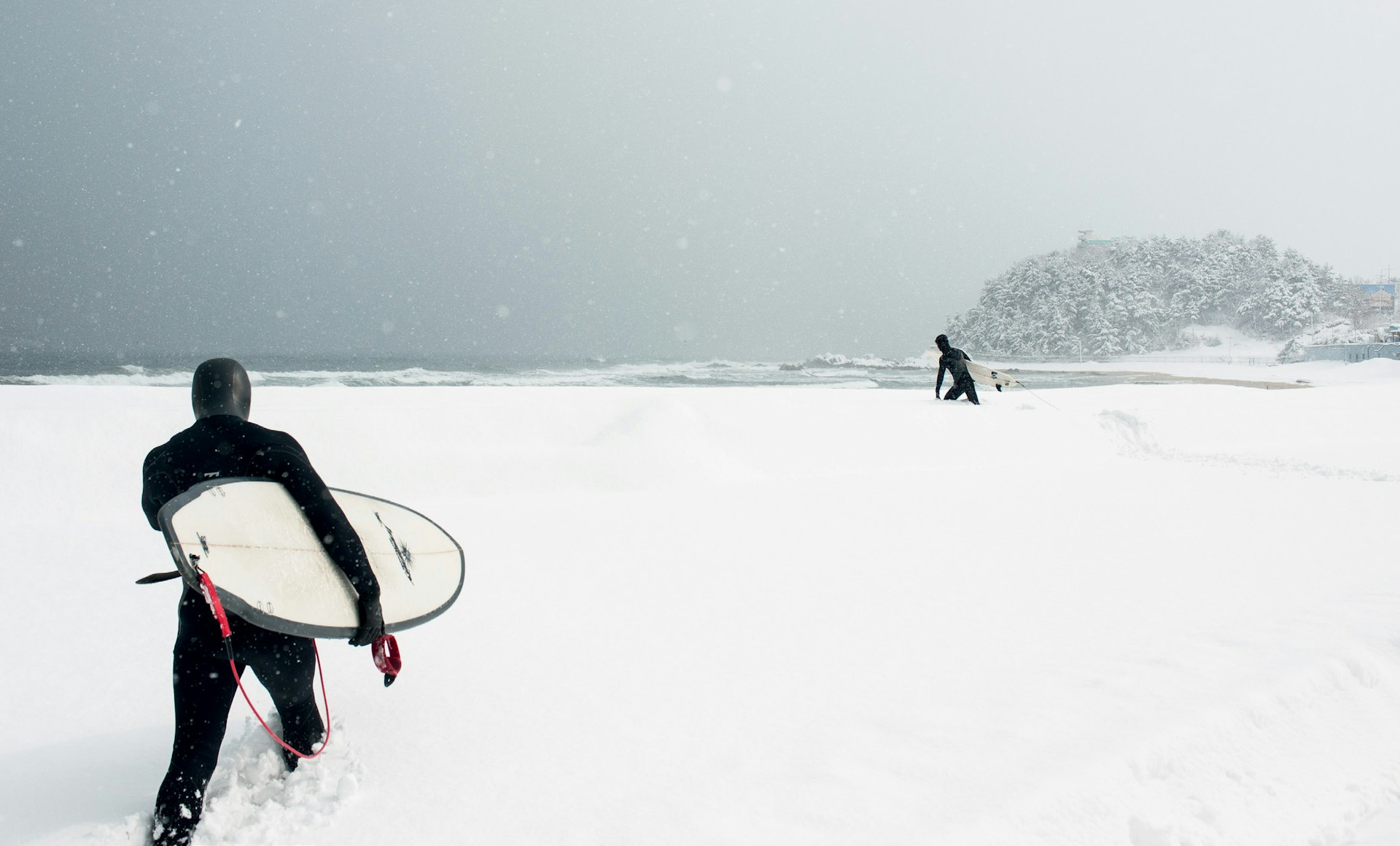
South Korea. Photography by Shannon Aston
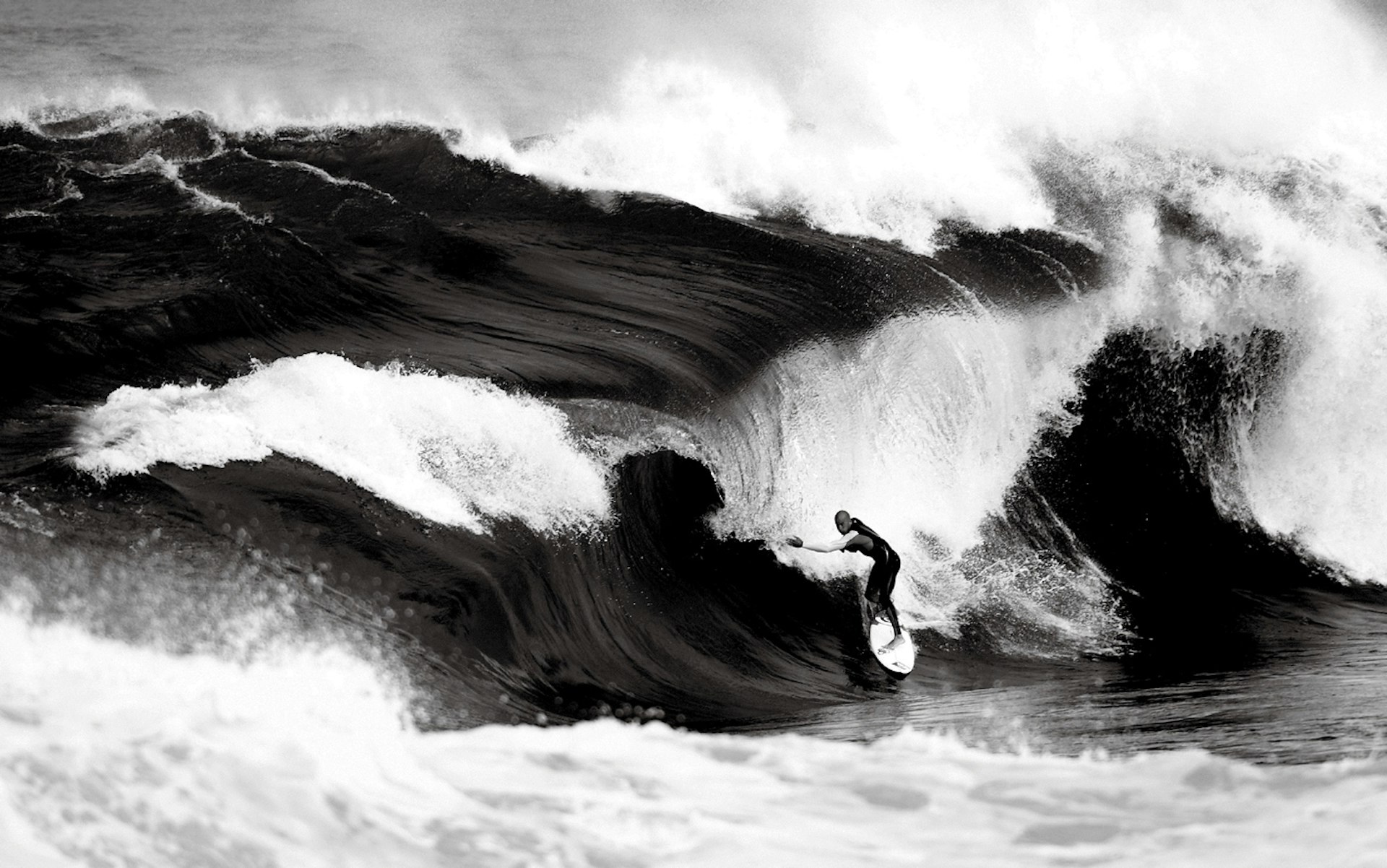
Photography by Morgan Maassen
Surfing has always had a deep connection with creativity, but what are the current generation doing new?
To me the new wave of creative surfers are generating more sophisticated, design-led work with real integrity. I feel like for a long time the visual culture lagged behind that of other board sports and outdoor activities and I’m excited to see it catching up and moving on from airbrushed barrels, tribal patterns and semi-naked girls.
These days artists inspired by the ocean and surf culture are producing work that can be respected by artists and designers outside the surf world and brands are using good design and photography to promote the surfing ideal to a wider audience very effectively. There wasn’t a definitive criteria for how projects were selected but I think I was looking for designers and illustrators who use surfing as a source of inspiration in both their commercial and personal work and whose work had a style that could appeal to surfers and non-surfing creatives alike.
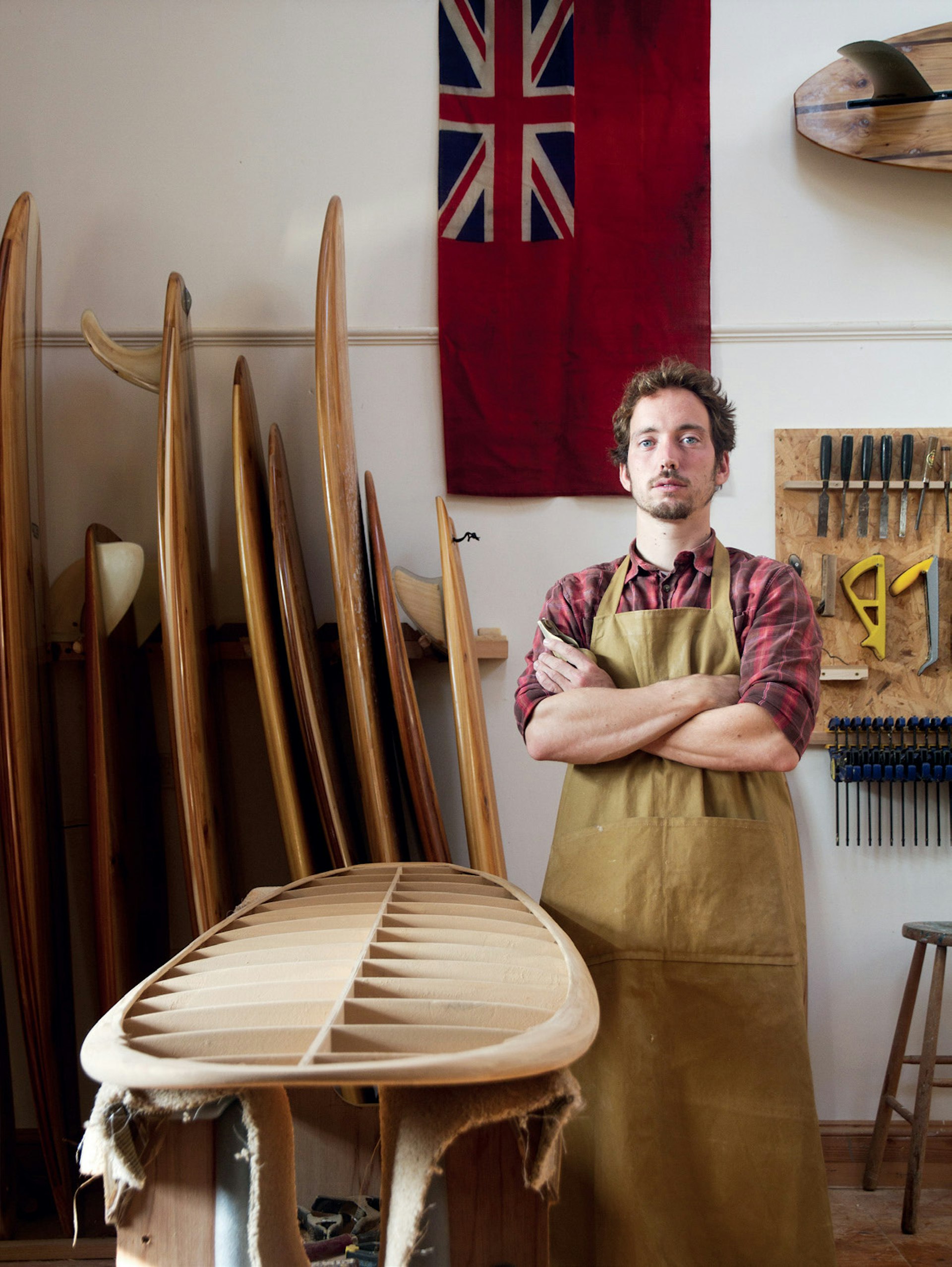
Otter Surfboards. Photography by Mat Arney
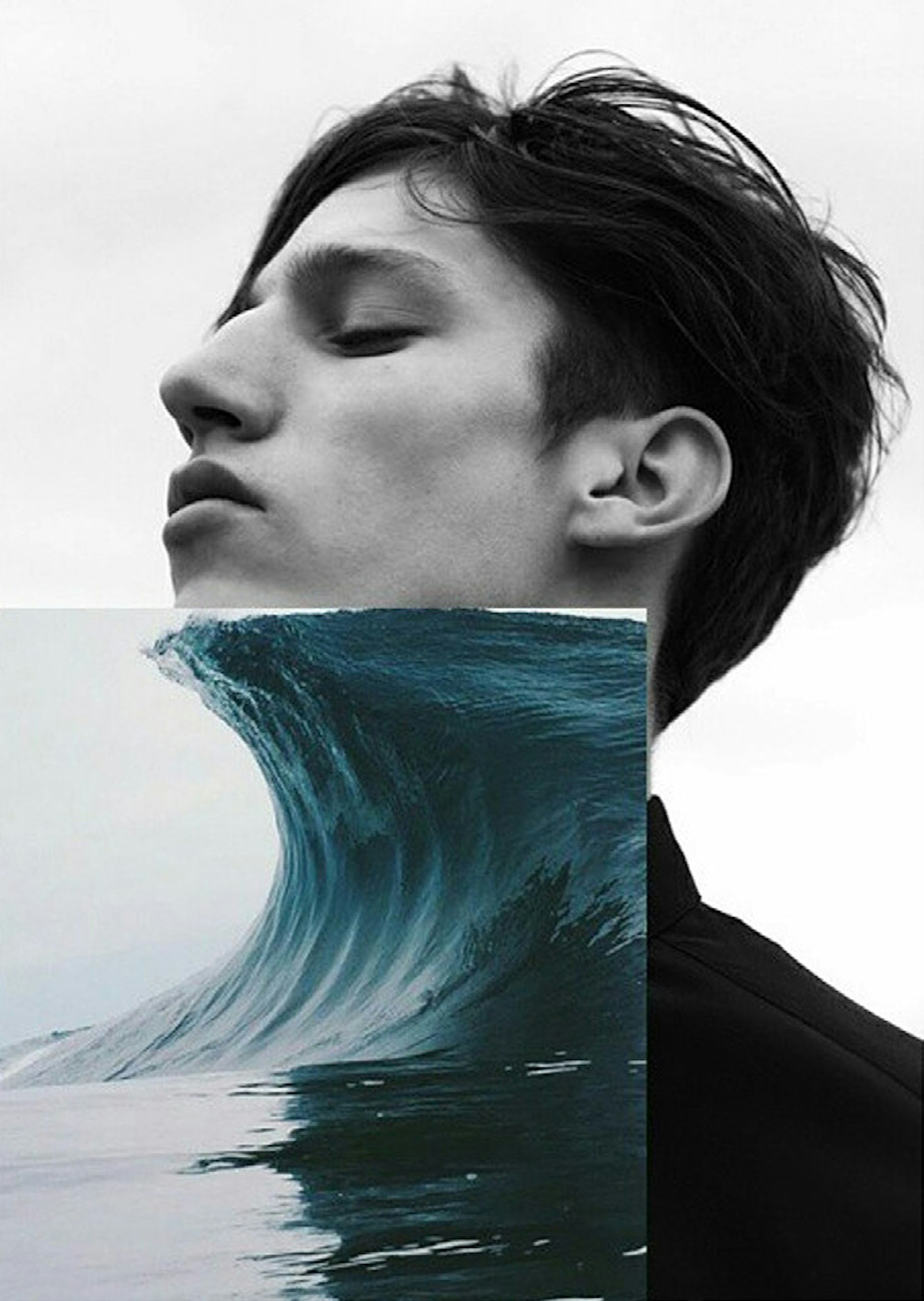
Naro Pinosa
How did you pick such a distinctive style of photography?
For the photography in the book we were looking for photographers who shoot surfing in a creative and alternative way rather than pure ‘surf photography’. I was particularly drawn to those that captured the moments out of the ocean; the travelling, the landscapes and the people they encounter on surf trips and adventures and those that choose to document surfing in some of the more obscure locations around the globe. Having said that, the raw power and beauty of the ocean is something incredible to behold so I made sure we included photographers who are expert at capturing waves and lineups in all their glory.
How is surf activism and environmentalism evolving?
Surfers have always been environmentalists, we’re directly affected by ocean pollution and poor marine health. Many of us have experienced first-hand the negative impacts of sewage leaks and noticed an increase in the amounts of plastic trash in the lineup. I think the current generation of sustainably-minded surfers are just really getting their shit together – there’s no hippy vibe and they are doing an excellent job of using surfing as a way of creating awareness about issues that affect all of us. The power of social media to engage people and inspire action is being used to great effect and surfers are out there actually getting things done and making a difference.
Again, there wasn’t a definitive criteria for how projects were selected but I think I was most interested in projects that were using surfing as a catalyst for positive change, but whose work was having a wider impact than on just the surfing community. I was also very interested in projects using innovative materials and re-thinking the way we produce the equipment we need to surf; as a group who rely on the environment for our enjoyment we desperately need to move away from our reliance on toxic and unsustainable materials before we ruin the very thing we’re out there to enjoy.

Deus Ex Machina. Photography by Anthony Dodds
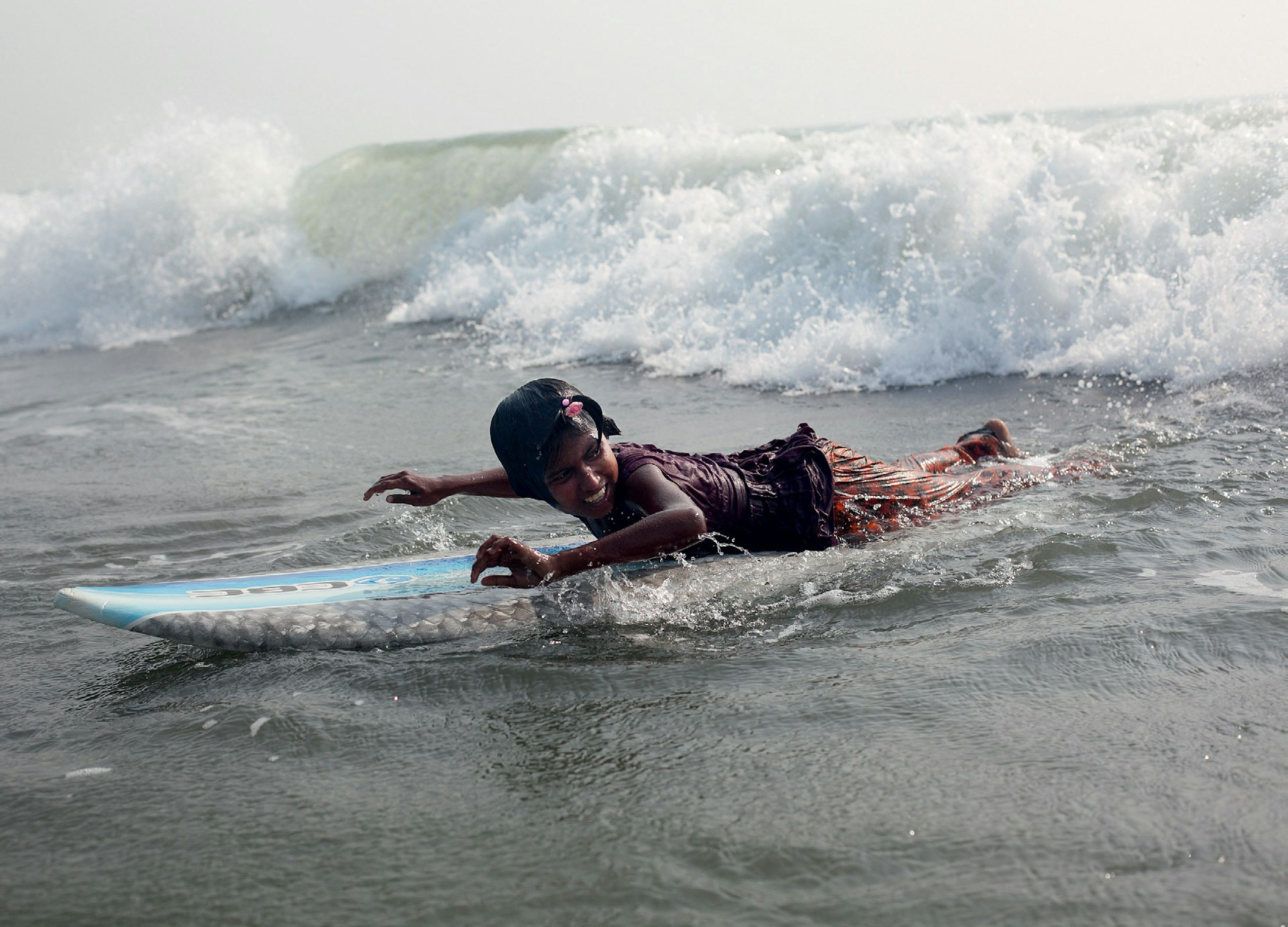
Photography by Allison Joyce
How do you hope the book has an impact?
It’s probably asking too much but I’d like to think it might change the way surf culture is viewed by non-surfers and also to make people who already surf aware that there is a hugely diverse range of creative projects, individuals and companies doing rad things outside of the typical WSL and big surf industry brands. I also hope it brings recognition and helps promote the work of all the incredibly talented surfers, artists, makers and doers that were kind enough to contribute to the book.
Surf Odyssey is out now, published by Gestalten.
Enjoyed this article? Like Huck on Facebook or follow us on Twitter.
